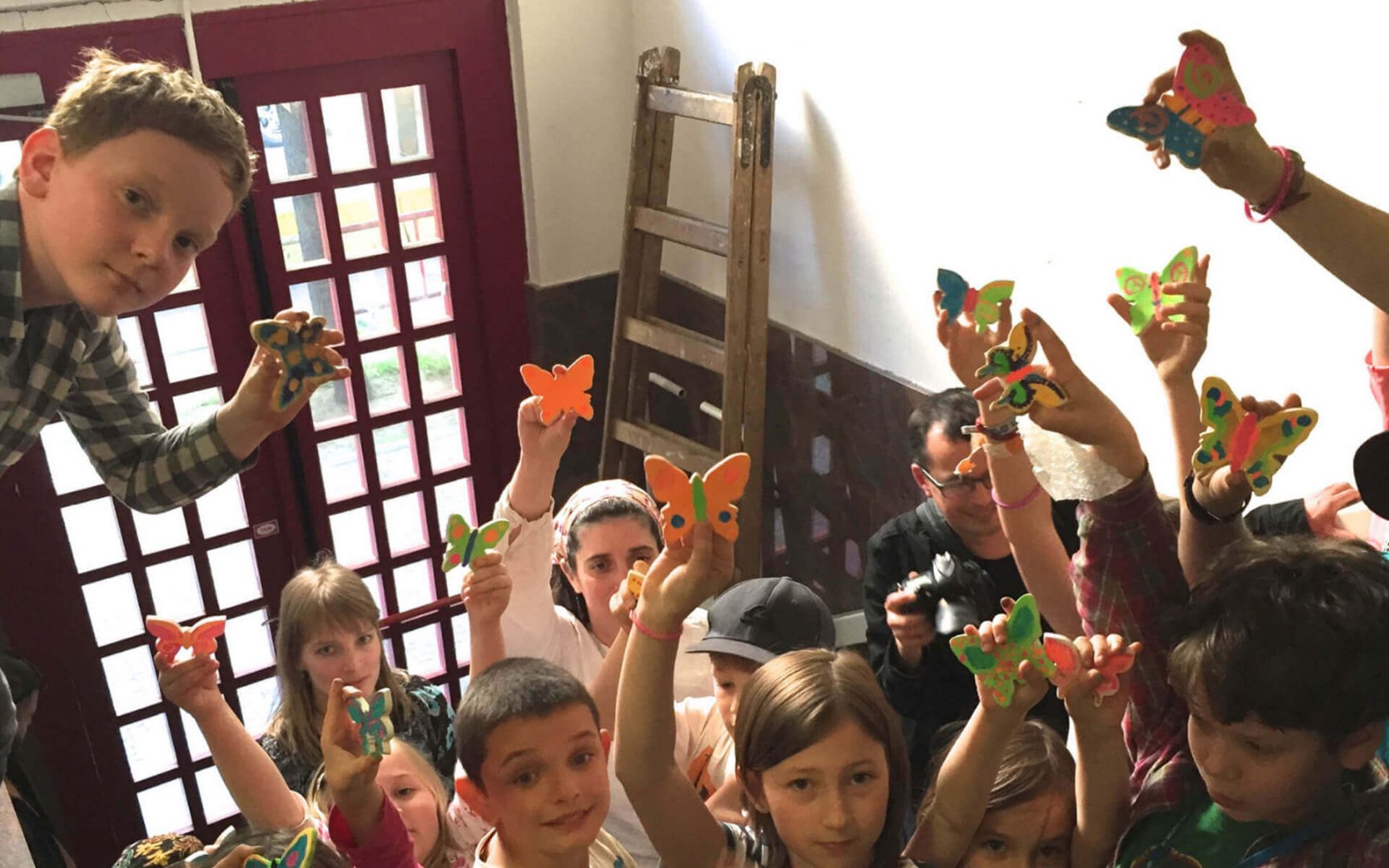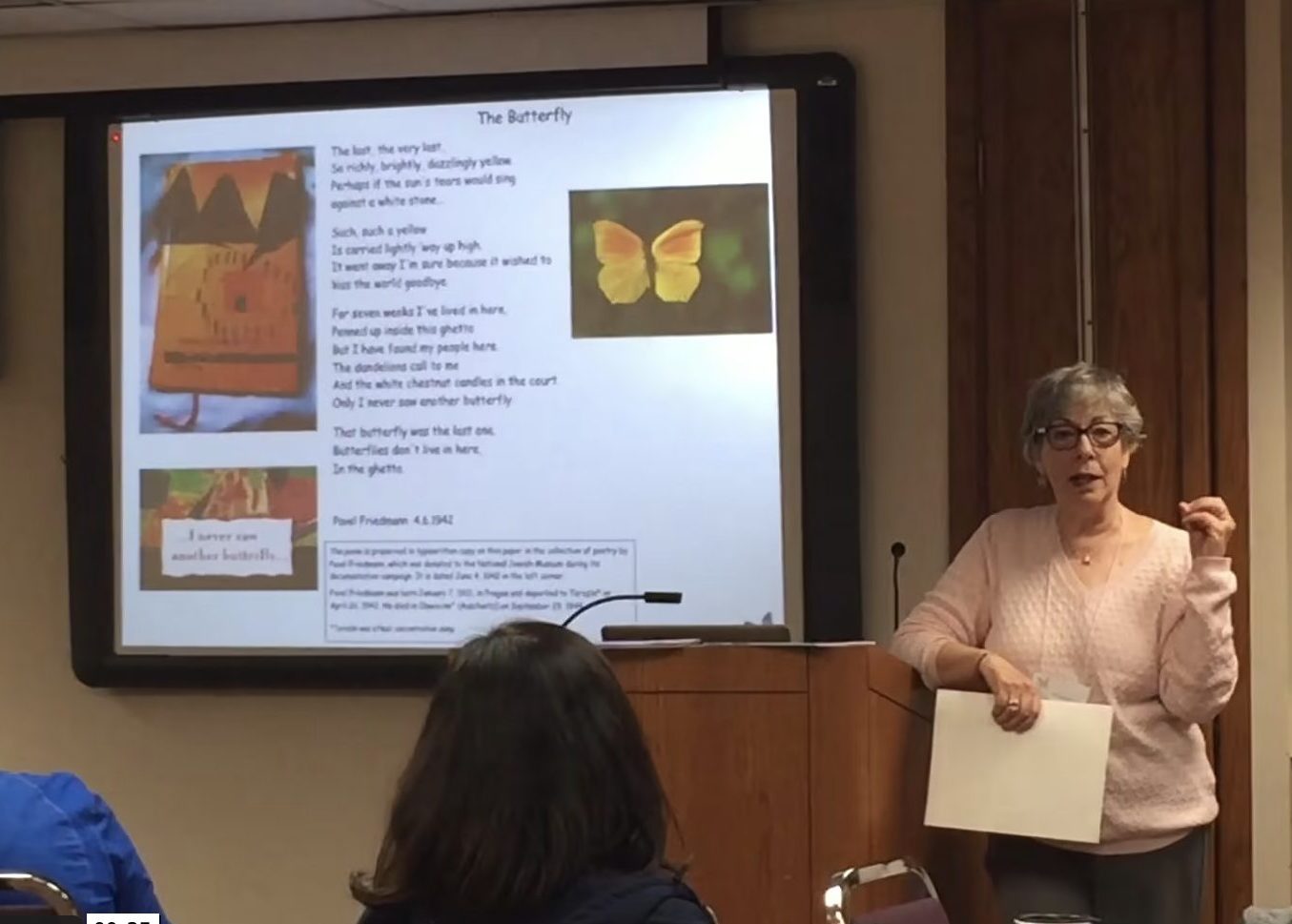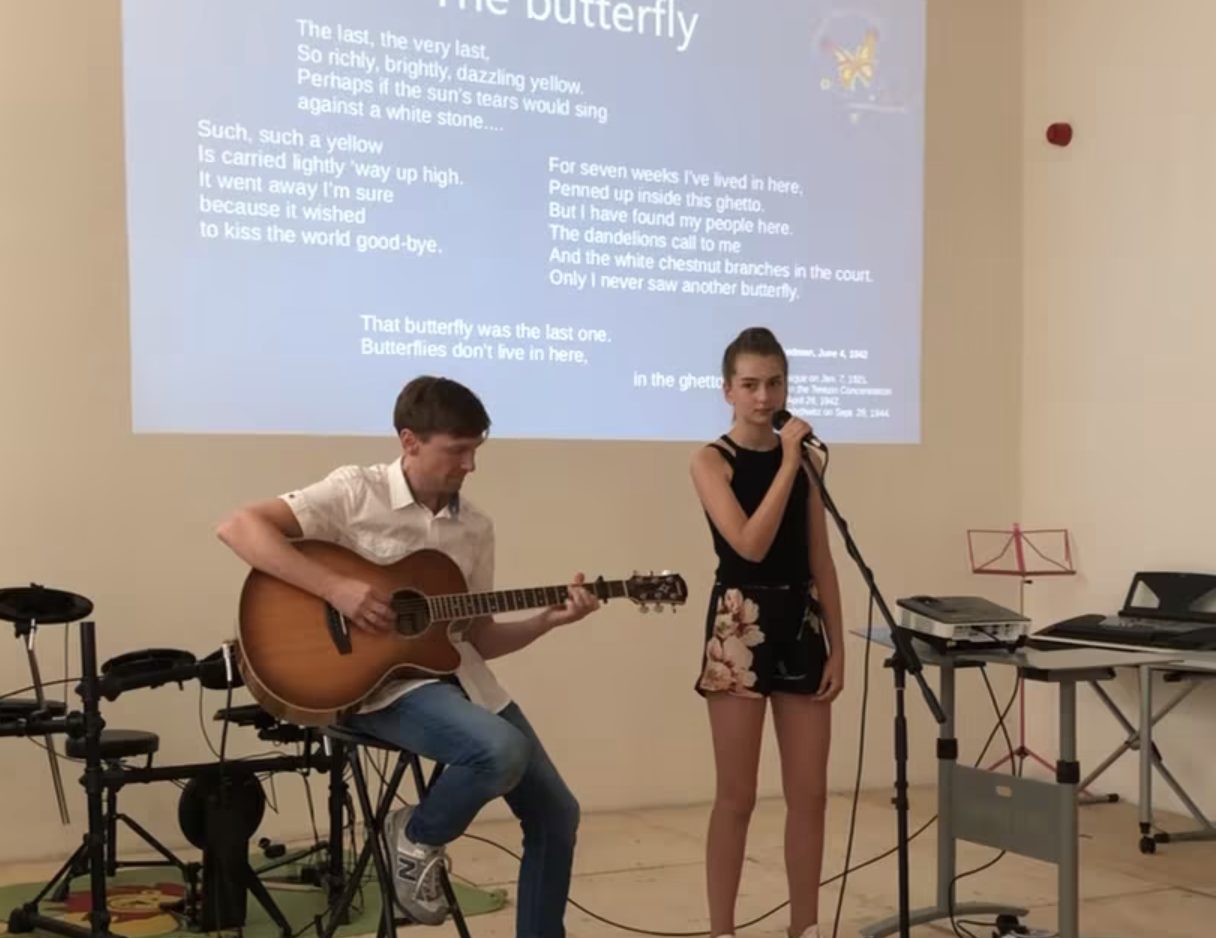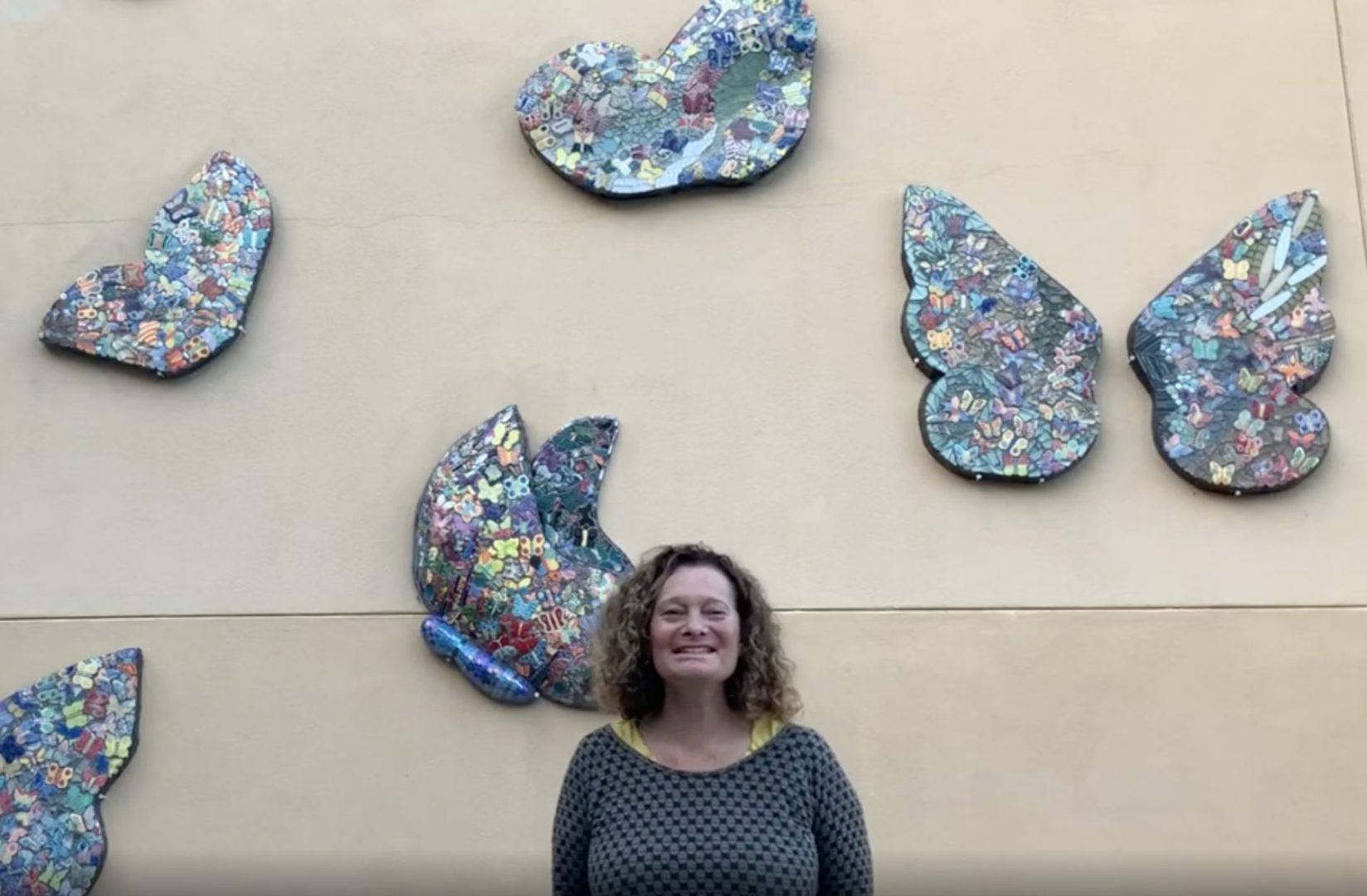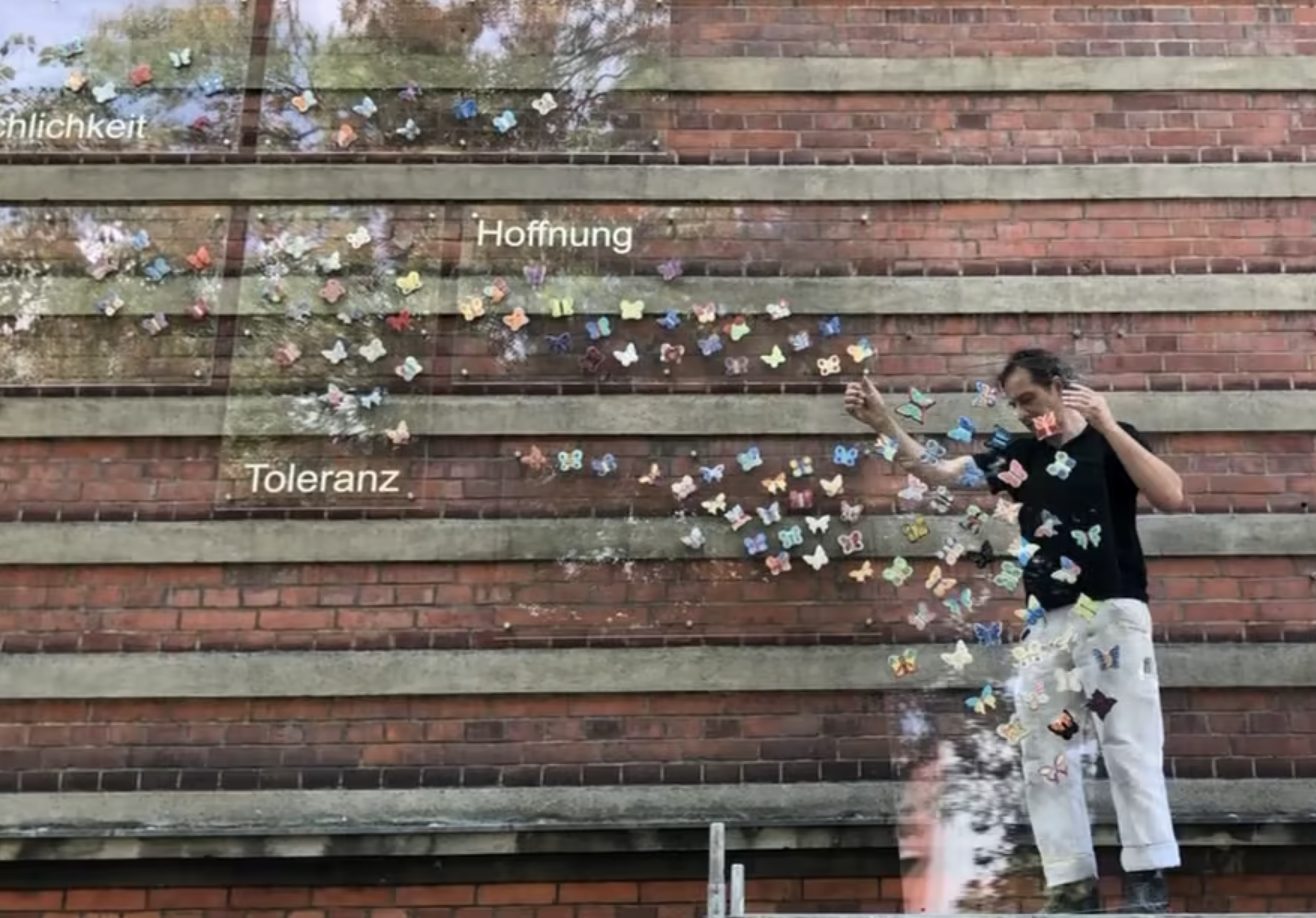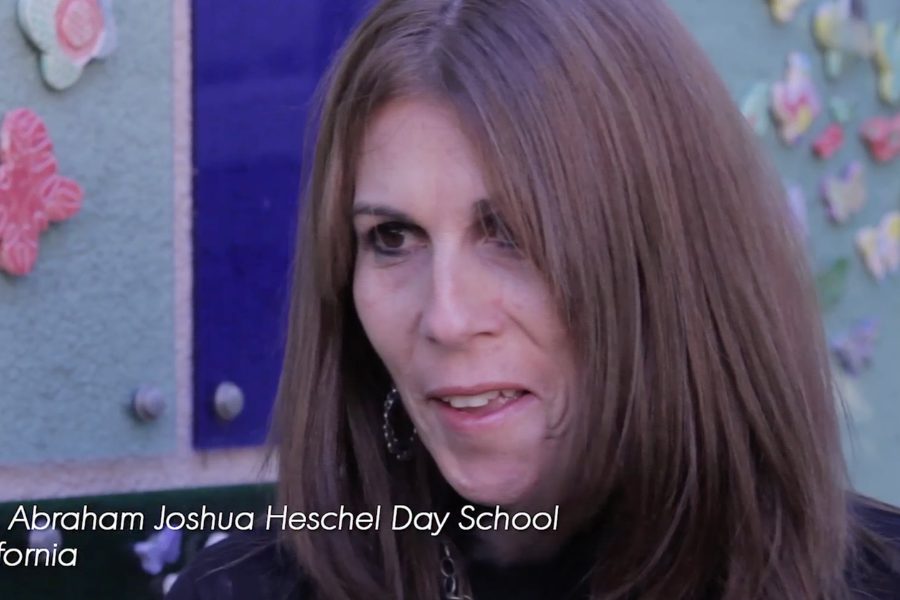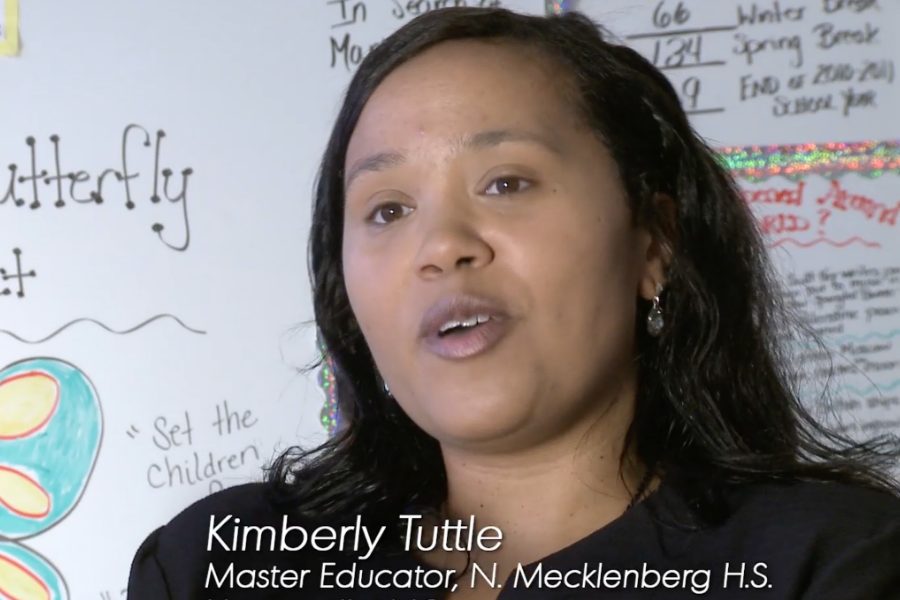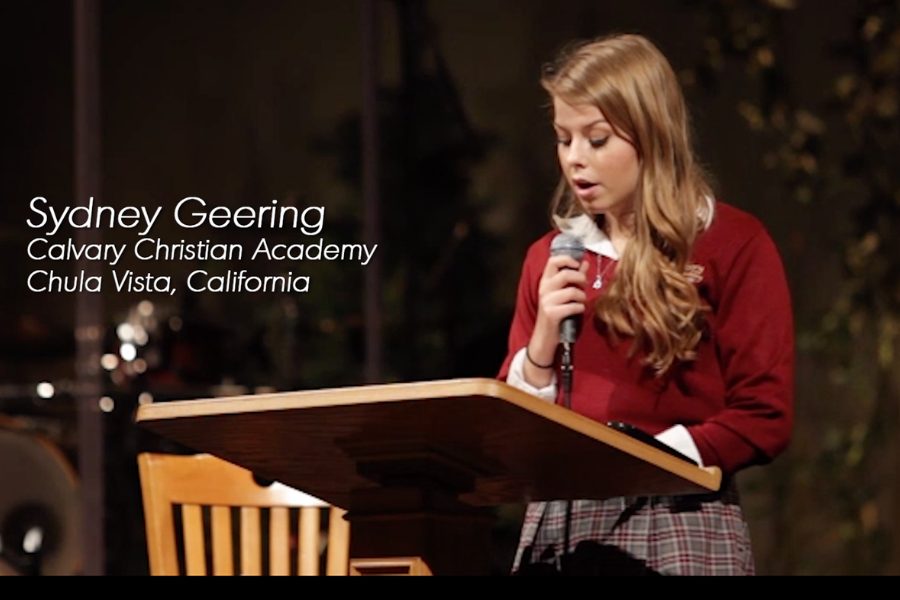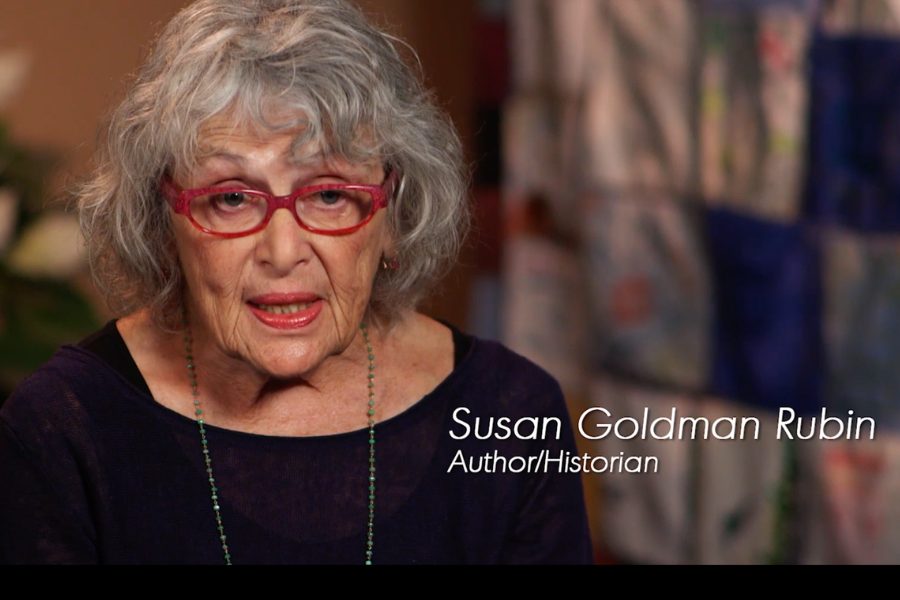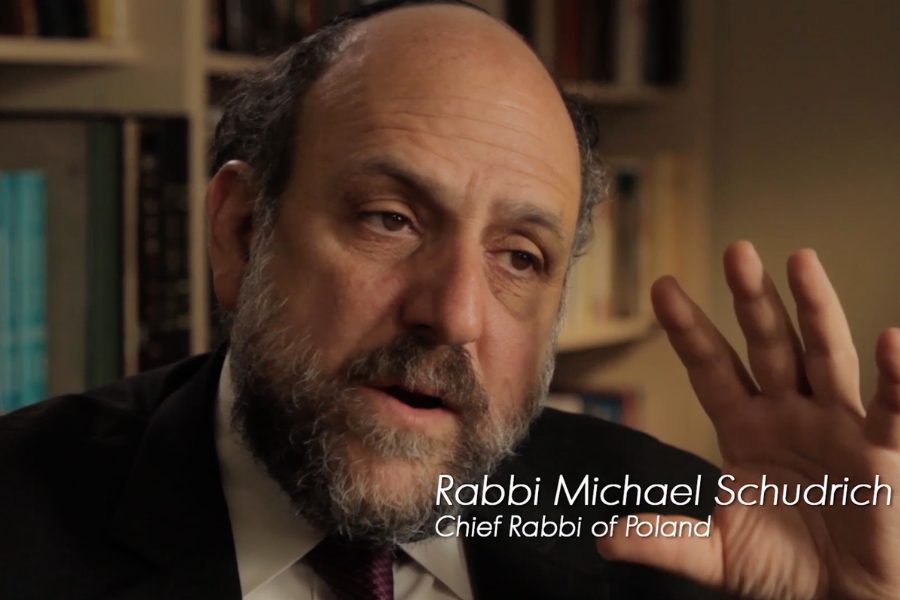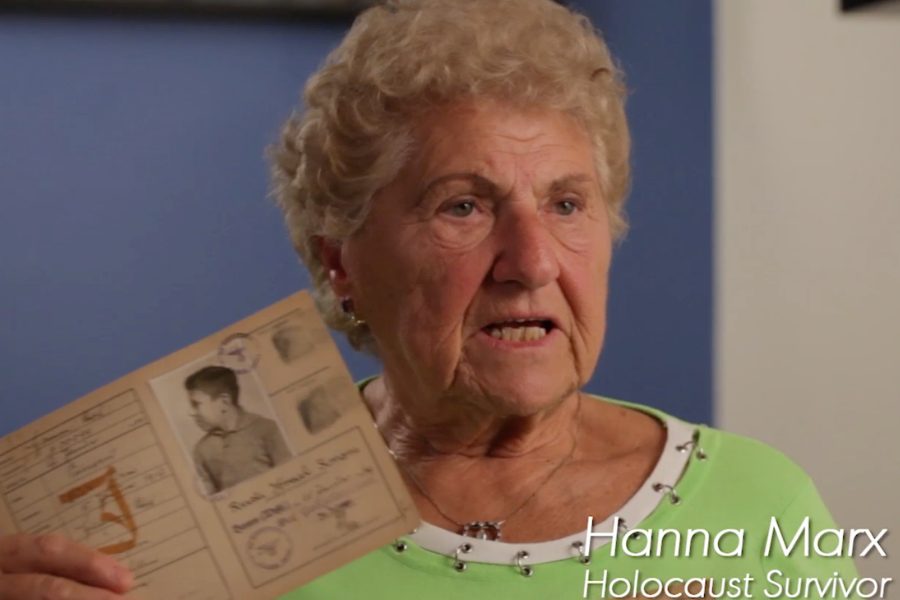Using Holocaust education, art, and testimony
to cultivate empathy and social responsibility in classrooms, museums and community centers.
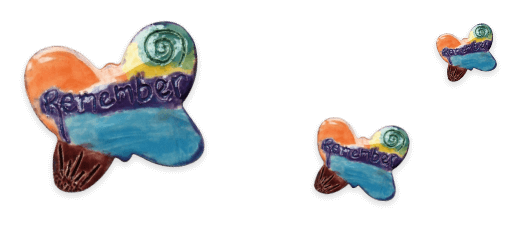
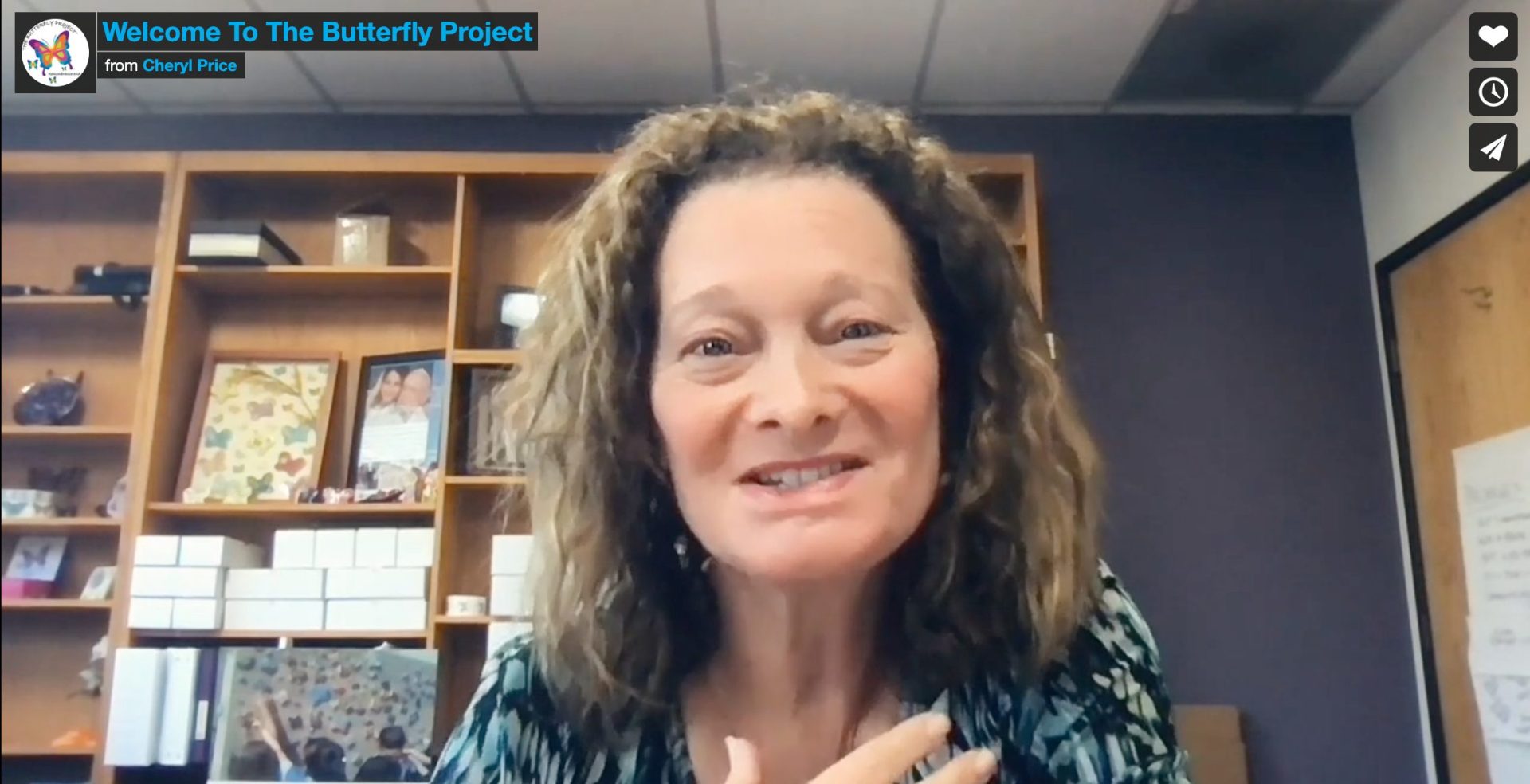
Our Mission
The Butterfly Project is a call to action through education, the arts and memorial making. We teach social justice through lessons of the Holocaust, educating participants about the dangers of hatred and bigotry to cultivate empathy and social responsibility. By painting ceramic butterflies, which are displayed as symbols of resilience and hope, participants remember the 1.5 million children killed during the Holocaust. In this work, The Butterfly Project honors our commitment to the Survivors to Never Forget.
Jewish Motorcyclists Alliance join The Butterfly Project in San Diego
Butterfly Programming
Using history’s darkest time to teach students about hope, resilience, and kindness, helping them develop the courage to stand up to injustice in today’s world.
The Butterfly Project’s programming is a gentle approach to teaching a difficult topic. It focuses on the power one person has to make a difference in today’s challenging world. Sharing personal stories from Holocaust Survivors and families, painting ceramic butterflies to honor the 1.5 million children killed in the Holocaust, and creating art installations as reminders for courage, justice, remembrance, and hope. Why the butterfly? The Butterfly Project pays tribute to the poem, “The Butterfly,” written by a young prisoner at the Terezin concentration camp. Butterflies are beautiful, fragile and resilient and represent transformation and freedom.
Watch our programming in action
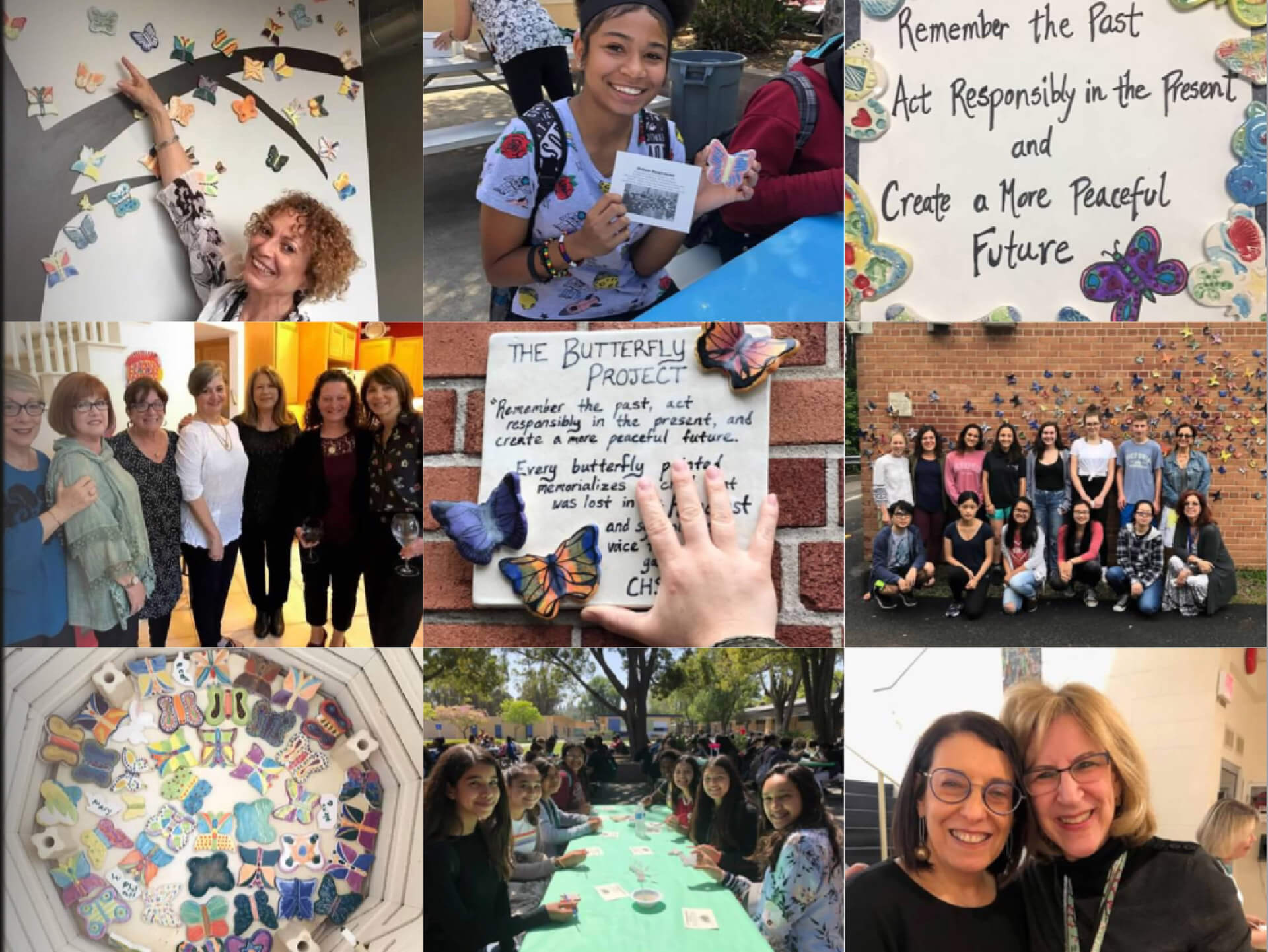
Our Testimonials
Stories from our Community
Participants of all ages and backgrounds share the meaningful and impactful experience they’ve had with The Butterfly Project school and community programming.
Stories from Survivors
Holocaust Survivors, as well as their children and grandchildren, have a platform to share their personal and unique stories through The Butterfly Project programming.
OUR EDUCATIONAL PROGRAMMING IS NEEDED NOW MORE THAN EVER
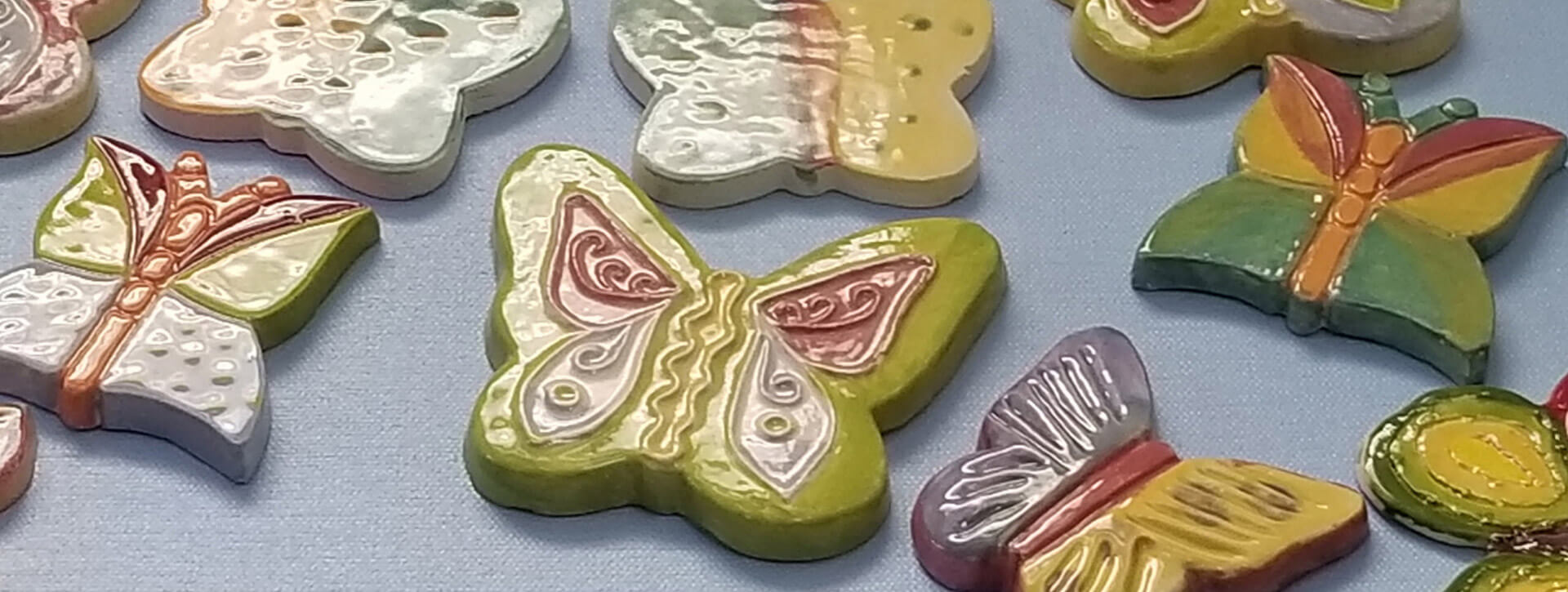
Ways to Give
What will you do to create a more hopeful and just world? Join us in our fight against hatred and bigotry today.
Our donors are the lifeline of our organization and make it possible for The Butterfly Project to reach and teach thousands of students each year.
Our Latest News
Check out what we’ve been up to and read about schools and communities from around the world who have brought our programming to their students!
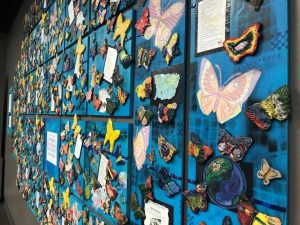 50 States Initiative
50 States Initiative
NEW CAMPAIGN SEEKS TO MANDATE HOLOCAUST EDUCATION IN ALL 50 STATES Partnering with award-winning documentary filmmaker Joe Fab, Executive Director Cheryl Rattner Price and The Butterfly Project are calling...
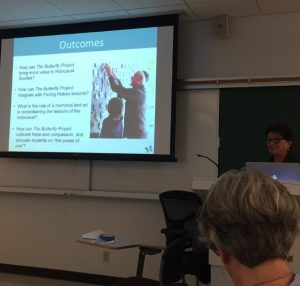 News
News
Did you know that The Butterfly Project is spreading its wings even wider and embarking on a new endeavor? We are, and we’re so excited to officially announce it!...
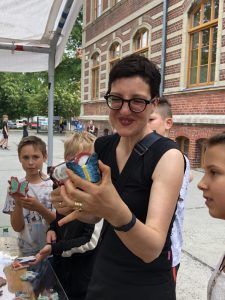 International Events
International Events
By guest author Nicole Nocon, Journalist and TBP Ambassador in Cottbus, Germany.When my friend Steven Schindler first asked me if we should bring The Butterfly Project to my daughter’s...

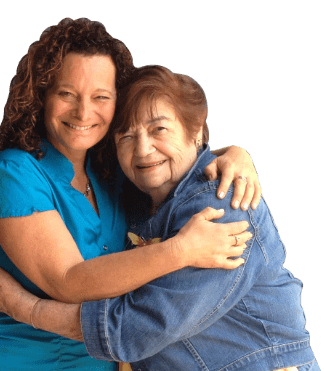
Terezin Survivor Ela Weissberger of blessed memory with TBP Executive Director Cheryl Rattner Price
